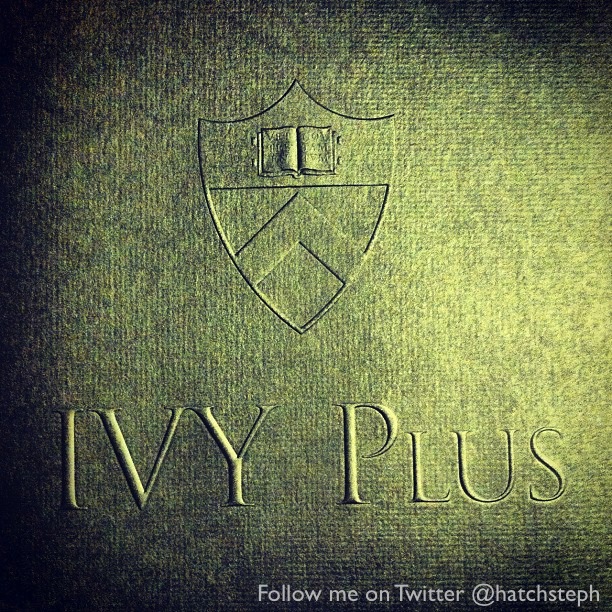Highlights from the Ivy Plus Social Media Conference
October 29, 2012

This past weekend I met in Princeton, New Jersey with colleagues from other universities to talk about social media. Here are some of the highlights from our roundtable discussions.
Unique voice: how unique can a university be?
Examples of tweeters with non-standard voices: take a look at Father Marquette and Spike the bulldog. Are there any other case studies for unique, off-kilter voices for universities?
Working hours for social media specialists
Working hours for social media specialists at universities may need to be flexible. Also, hire interns, students, or content creators who can have flexible work hours. We should pay attention to evening and weekend activities at a university and reflect that in our content.
University websites: need improvement
University websites, no matter how pretty, new, responsive, or engaging they are, need to answer user questions effectively. Many times visitors do not arrive at the site to browse through beautiful content but to find an answer to a question. Consider Facebook as an effective portal because of its fixed template; the user knows where to go for information because it's the same for every page. Also, the interface features display in the language the user has selected for their Facebook account. A website's information also should be easily found via Google search. This is how many people find their answers. Each piece of information and page should be able to stand on its own.
Hiring students to help with live tweeting
How do you handle live tweeting? If you find students to help, how do you find them - through an office, by word of mouth, via email? You then have to train them on how they tweet during events or event weeks/weekends. Not tweeting about frat parties or drinking, for example, and focusing on activities that are both appropriate and an open invitation to all students. Do not create a social media account specifically for an event; use an existing handle. Also, if students will always tweet from an account, make sure there's always someone to take it over so it doesn't die when a student leaves.
Athletics and identity
Depending on the university, the athletics site may get more hits than the main university page or feed. Tap into what athletics mean at your university. The other issue is how to focus on elite research and teaching at an institution where athletics may be a big deal.
Social media at the source
News that goes directly to the source tends to do well. This means the paper when published is seemingly distanced from the author. However, if the author talks about his research first-hand on Twitter, in a blog, or on a Google Hangout, that has a lot of potential draw. For example, Bill Nye the Science Guy did a Google Hangout with the International Space Station.
Infographics
How can we turn class statistics and faculty research into great infographics? People may not read through the entire class report, but expressing information in digestible chunks can be helpful. Example: the diamond planet infographic by Yale.
Clarity and coherence
How do you keep message coherence across many social networks? Do you feel competition between your different platforms? Do they work in harmony with each other? At some schools individuals are assigned to platforms; at others, individuals are assigned to content types, which may be used across different platforms. What are some other challenges and opportunities do you have in higher education social media? Give your ideas or thoughts as a comment on this post.
